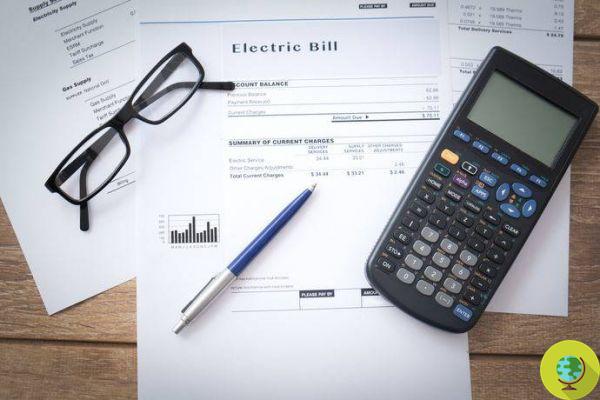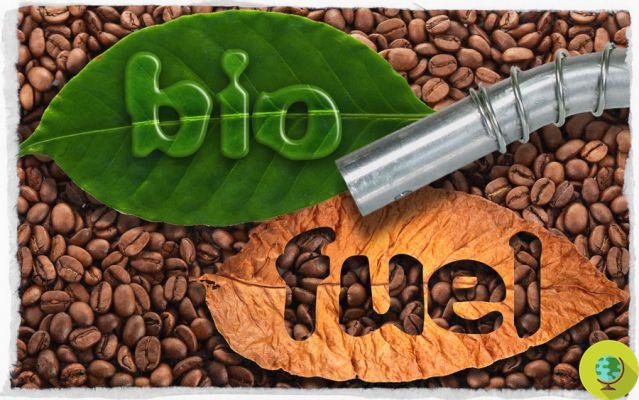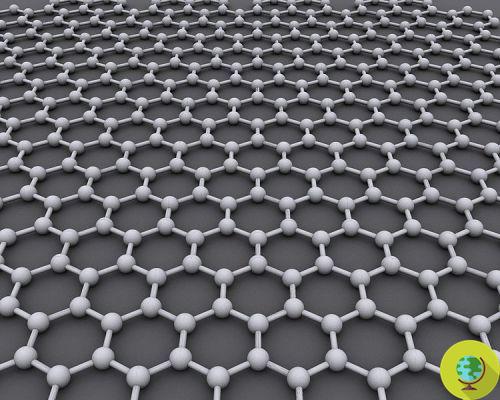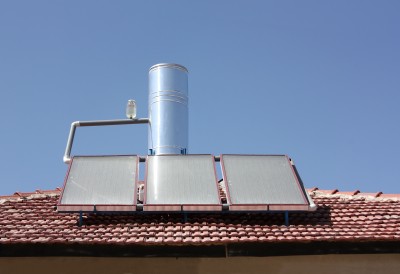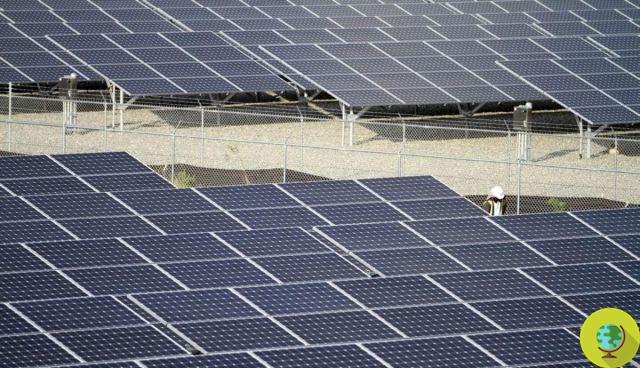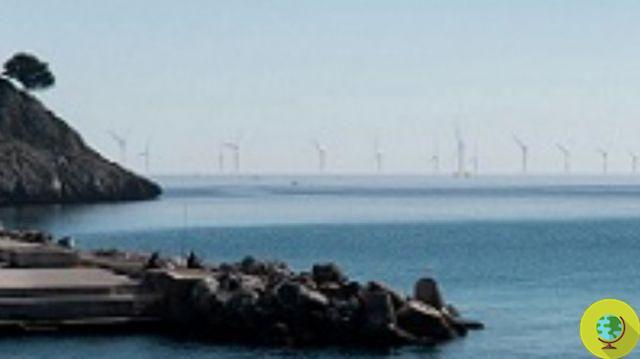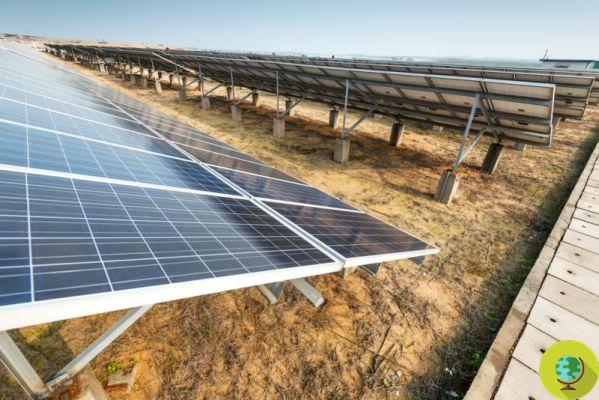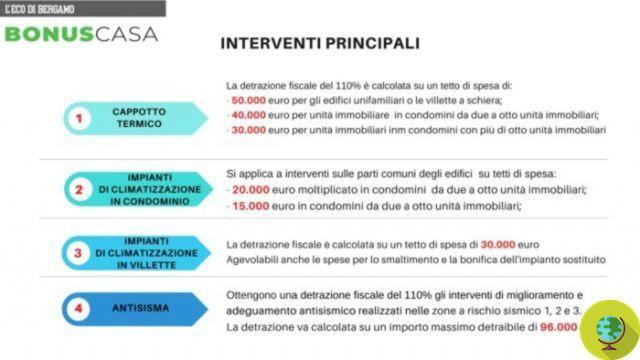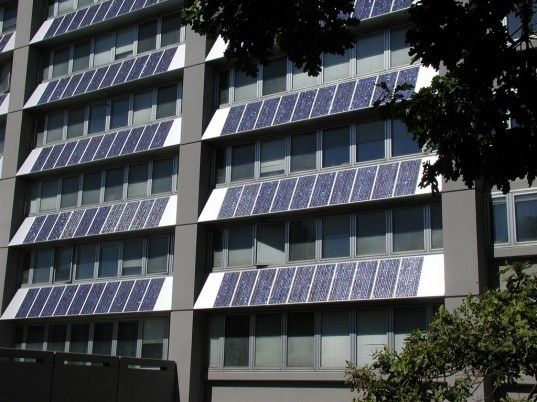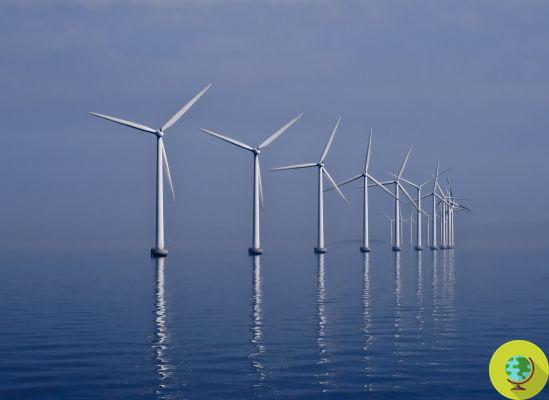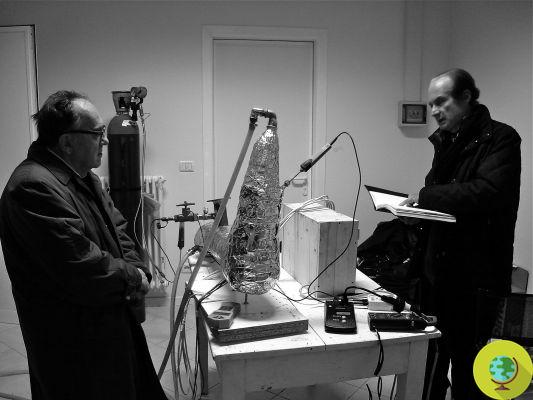
What to do with the leaves that have fallen from the trees? The use for artistic creations is now well established, they could be exploited to accumulate energy, becoming the raw material of batteries
He is about to end up run over, his mother saves him
What to do with them leaves falls from trees? L'use for artistic creations it is now well established that they could be used to accumulate energy, becoming the raw material of batteries.
Scientists have long been looking for materials alternative for the production of battery, able to be easily accessible but above all sustainable. A team of researchers at the University of Maryland has found a new solution in fallen leaves, an abundant and cost-free raw material.
“The leaves are so abundant. All we had to do was get some off the ground here on campus ", he said Li Hongbin, professor in the Department of Materials Science and Engineering of the University of Maryland
Previous research had shown that the skin of the melon, that of the banana and peat could be used as raw material to produce battery but certainly the leaves they require less processing and preparation.
With this in mind, the Maryland scientists thought about using the leaves and the sodium instead of Lithium commonly used. Why sodium? In their opinion, it can hold more charge, even though it can't handle as many charge and discharge cycles as lithium does.
One of the hardest obstacles was finding an anode material that was compatible with sodium. The way of the graphene but the production times and costs would have been high. At that point, the researchers simply tried heating a maple leaf for an hour at 1.000 degrees C (don't try this at home!) To burn the underlying carbon structure.
The underside of the maple leaf is rich in pores for water absorption. In the case of the battery, however, the pores absorb the electrolyte from the sodium.
“The natural shape of a leaf already meets the needs of a battery: a low surface area, which decreases defects, many small structures joined together that work together and which maximize space and internal structures of the right shape and size to use sodium ", added Fei Shen , student of materials science and engineering.
According to the scientists engaged in the study, the leaves were also designed by nature for storing energy and the use in this sense by man could allow to create low environmental impact batteries.
The next step now will be to study the different types of leaves to find those characterized by the best thickness, structure and flexibility for the accumulation of electrical energy.
The solution, once again, is in the hands of Mother Nature.
Francesca Mancuso
READ also:
THE ARTIFICIAL LEAF THAT PRODUCES OXYGEN: MADE OF SILK AND CHLOROPHYL
CREATED PHOTOTOVOLTAIC LEAF THAT PRODUCES FUEL FROM THE LIGHT OF THE SUN




